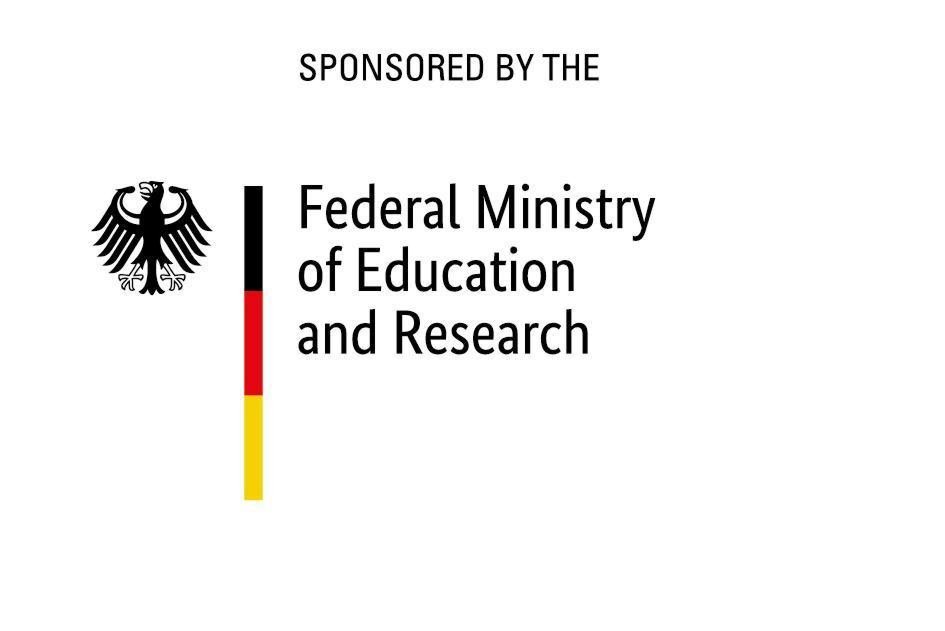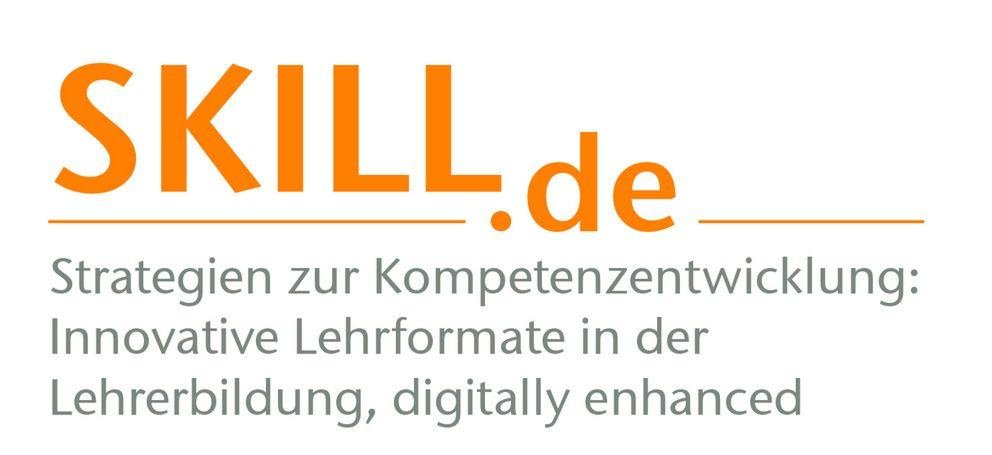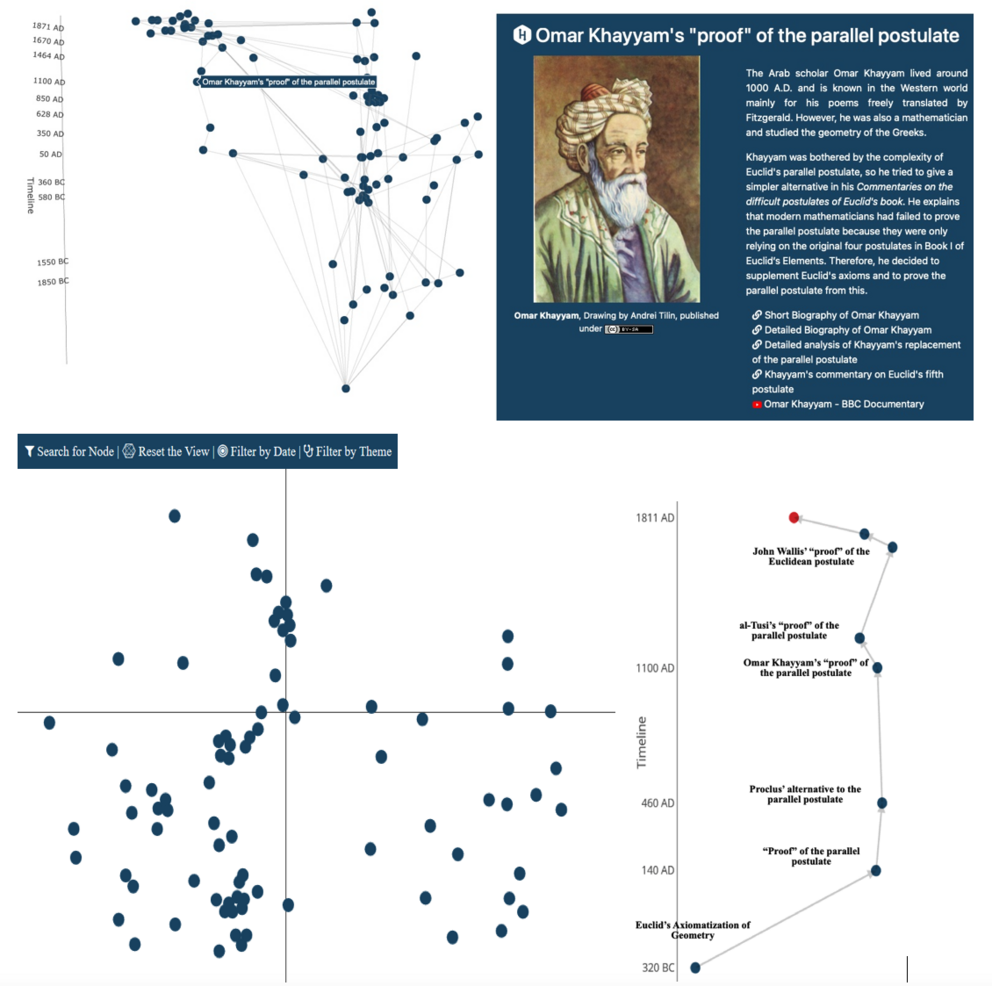Digital Interactive Mathematical Maps (SKILL.de / De-fragmentation / BMBF)

Winsløw and Grønbæk (2014) showed that the “double discontinuity” (Klein, 2016/1924) is still a relevant problem in our current education system. One of the main problems is the different appearance of mathematics at school and at university resulting in students difficulties to relate them to each other. As a consequence the intention of university courses in mathematics teacher education to make mathematical and didactical insights relevant for future teaching at school threatens to fail.
Based on first theoretical ideas in Brandl (2009), the DIMMs were and are developed within a cooperation of the Professorships for Didactics of Mathematics and the Professorshipt for Pure Mathematics in two BMBF projects (SKILL & SKILL.de ) at the University of Passau (Germany) in order to serve for defragmentation and interconnection of high school maths and higher mathematics in the sense of Felix Klein. The DIMMs are based on a JavaScript/PHP/mysql/Moodle web framework and use methods from graph theory to generate the three-dimensional network structure (e.g., Przybilla, Brandl, Vinerean & Liljekvist, 2021). One dimension represents time and shows the historical origin or development of mathematical concepts, while the other two dimensions represent intra-mathematical dependencies and interdependencies in terms of content relatedness or thematic proximity.
The "Digital Interactive Mathematical Maps" can be accessed on their Homepage.
Nodes in space represent mathematical content. Edges symbolize historical developments that highlight mathematics as an evolving science. Further details can be displayed using the "Vertical Cut" and "Horizontal Cut" functionalities, where only one of the features is examined.
The DIMMs have already been used and empirically examined at the University of Karlstad in Sweden (Brandl, Hackstein, Vinerean & Liljekvist, 2024; Przybilla, Brandl, Vinerean & Liljekvist, 2022; Vinerean, Liljekvist, Brandl & Przybilla, 2023).
Currently the languages German and English as well as the areas Geometry, Algebra and Calculus are available. In the course of further development, additional languages as well as interdisciplinary application possibilities of the maps in other subject areas are envisaged. At the moment the area of Stochastics and additional languages Spanish and Ukranian are in implementation progress.
In the context of the „Quality Offensive in Teacher Education” ("Qualitätsoffensive Lehrerbildung") of the Federal Ministry of Education and Research (BMBF), the project SKILL or SKILL.de, respectively, of teacher education at the University of Passau, which has been funded in its second phase since 2016 until the end of 2023, responds to deficits in teacher education that are discussed under the keywords "segmentation", "marginalization" and "fragmentation".
SKILL an abbreviation for "Strategien zur Kompetenzentwicklung: Innovative Lehrformate in der Lehrerbildung" (engl.: "Strategies for Competence Development: Innovative teaching formats in teacher education") or SKILL.de for "SKILL, digitally enhanced". In one of the largest individual inter-faculty projects at the University of Passau, specialists from didactics, sciences and educational sciences together did research in education.
Details about the general project can be accessed at the project homepage.


References:
Brandl, M. (2024). Vernetzung von Wissen bei Lehramtsstudierenden in Mathematik durch Interaktive Mathematische Landkarten. In A. Wehner, N. Masanek, K. Hellmann, T. Heinz, F. Grospietsch & I. Glowinski (Hrsg.), Vernetzung von Wissen bei Lehramtsstudierenden – Eine Black Box für die Professionalisierungsforschung? (S. 184-195). Verlag Julius Klinkhardt. https://elibrary.utb.de/doi/epdf/10.35468/9783781561182
Brandl, M. (2009). The vibrating string – an initial problem for modern mathematics; historical and didactical aspects. In I. Witzke (Ed.), Mathematical Practice and Development throughout History: Proceedings of the 18th Novembertagung on the History, Philosophy and Didactics of Mathematics. Logos Verlag, 95–114.
Brandl, M., Hackstein, U., Vinerean, V., & Liljekvist, Y. (2024). The Digital Interactive Mathematical Map for Geometry. In P. Lowrie, T., Gutiérrez, A., & Emprin, F. (Eds.), Proceedings of the 26th ICMI Study Conference (Advances in Geometry Education) (pp. 321-328). ICMI. https://icmistudy26.sciencesconf.org/data/pages/26th_ICMI_Study_Proceedings_1.pdf
Klein, F. (2016/1924). Elementary Mathematics from higher standpoint. Volume I: Arithmetik Algebra Analysis. (G. Schubring, Trans.) Berlin, Heidelberg: Springer. (Original work published 1924). doi: 10.1007/978-3-662-49442-4
Przybilla, J., Brandl, M., Vinerean, M., & Liljekvist, Y. (2022). Digital mathematical maps – results from iterative research cycles. In J. Hodgen, E. Geraniou, G. Bolondi & F. Ferretti. (Eds.), Proceedings of the Twelfth Congress of the European Society for Research in Mathematics Education (CERME12) (pp. 4793–4800). Free University of Bozen-Bolzano and ERME. https://hal.archives-ouvertes.fr/hal-03754749/
Przybilla, J., Brandl, M., Vinerean, M., & Liljekvist, Y. (2021). Interactive Mathematical Maps – A contextualized way of meaningful Learning. In G. A. Nortvedt, N. F. Buchholtz, J. Fauskanger, F. Hreinsdóttir, M. Hähkiöniemi, B. E. Jessen, J. Kurvits, Y. Liljekvist, M. Misfeldt, M. Naalsund, H. K. Nilsen, G. Pálsdóttir, P. Portaankorva-Koivisto, J. Radišić & A. Wernberg (Eds.), Bringing Nordic mathematics education into the future. Preceedings of NORMA 20. The ninth Nordic Conference on Mathematics Education. Oslo, 2021 (pp. 209–216). (Skrifter från Svensk Förening för MatematikDidaktisk Forskning; No. 14). Svensk förening för matematikdidaktisk forskning (SMDF). http://matematikdidaktik.org/wp-content/uploads/2021/04/NORMA_20_preceedings.pdf
Vinerean, M., Liljekvist, Y., Brandl, M. & Przybilla, J. (2023). Didactical usefulness of interactive mathematical maps – designing activities supporting prospective teachers’ learning. Nordic Studies in Mathematics Education, 28 (3-4), 77–102.
Winsløw, C., & Grønbæk, N. (2014). Klein's double discontinuity revisited: contemporary challenges for universities preparing teachers to teach calculus. Recherches en Didactique des Mathématiques, 34(1), 59–86. https://revue-rdm.com/2014/kleins-double-discontinuity-revisited/


